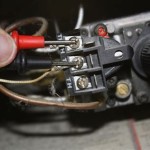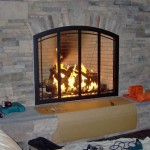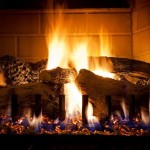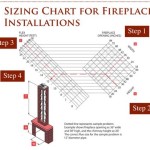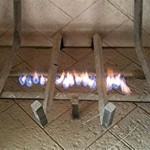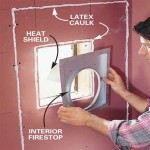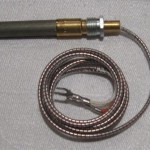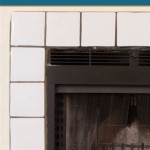Essential Aspects of a Wood Burning Open Fireplace
A wood burning open fireplace is a timeless and charming addition to any home, providing warmth, ambiance, and a touch of rustic charm. However, it's essential to understand the key aspects of an open fireplace to ensure its safe and efficient use.
Fuel and Flue
Choosing the proper type of fuel is crucial for optimal performance. Seasoned hardwood, such as oak, ash, or beech, offers longer burning times and less smoke. Softwoods like pine or fir should be avoided as they burn quickly and produce excessive smoke.
The flue is a vital component that draws smoke and gases up the chimney. Its proper size and installation are essential for efficient combustion and adequate ventilation. Consult a professional to ensure the flue is appropriately sized and maintained.
Fireplace Surround
The fireplace surround frames the firebox and protects the surrounding area from heat and sparks. Materials like brick, stone, or metal are popular choices due to their durability and non-combustible properties.
The surround should extend outward several inches from the firebox opening to provide a safe distance from the flames. It's also important to ensure there are no combustible materials, such as drapes or furniture, near the fireplace.
Firebox and Grate
The firebox is the heart of the fireplace, where the wood burns. It should be made of durable, non-combustible material, such as cast iron or firebrick. A well-designed firebox promotes proper airflow and minimizes creosote buildup.
The grate elevates the wood off the floor of the firebox, allowing air to circulate. Choose a grate that is large enough to support the logs and prevent them from falling through.
Chimney and Cap
The chimney carries smoke and gases out of the home and prevents backdrafts. Regular chimney cleaning is essential to remove soot and creosote buildup, which can impede airflow and create fire hazards.
A chimney cap helps prevent rain, snow, and debris from entering the chimney and can also improve draft by creating a venturi effect. Choose a cap that is appropriate for the size and style of your chimney.
Additional Considerations
In addition to the essential aspects mentioned above, consider these additional factors:
- Safety: Install a smoke and carbon monoxide detector near the fireplace and routinely check its batteries.
- Insurance: Notify your insurance company about your wood-burning fireplace, as it may affect your policy.
- Smoke-Free Zone: Create a smoke-free zone around the fireplace to prevent respiratory irritation.
- Outdoor Fireplace: Consider an outdoor fireplace if indoor fireplaces are restricted or not feasible.

Wood Burner Vs Open Fire Bowland Stoves

Practical Advice For Open Wood Fireplace From Camelot Real Fires

As Winter Bites Ministry Warns About Dangers Of Wood Burning Fires The Times Israel

Types Of Wood Burning Fireplaces Regency

Gas Stove Or Open Fire What S Best For Me Chesneys

Open Fires V Wood Burning Stoves The Grate Debate Country Life

Open Fires East Coast Flues Multifuel And Wood Burning Stove Suppliers Installers

Open Fires V Wood Burning Stoves The Grate Debate Country Life

Open Fire Gallery Scarlett Fireplaces

10 Tips To Improve The Chimney Draft Of Open Fireplace

